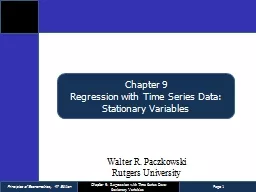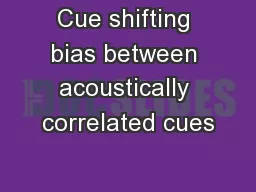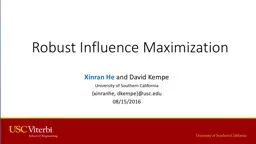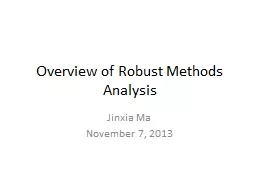PPT-Robust Functional Mixed Models for Spatially Correlated Fun
Author : tawny-fly | Published Date : 2016-07-17
with Application to EventRelated Potentials for NicotineAddicted Individuals Hongxiao Zhu Virginia Tech June 1 5 2015 ICSA Graybill 2015 Collaborated with
Presentation Embed Code
Download Presentation
Download Presentation The PPT/PDF document "Robust Functional Mixed Models for Spati..." is the property of its rightful owner. Permission is granted to download and print the materials on this website for personal, non-commercial use only, and to display it on your personal computer provided you do not modify the materials and that you retain all copyright notices contained in the materials. By downloading content from our website, you accept the terms of this agreement.
Robust Functional Mixed Models for Spatially Correlated Fun: Transcript
Download Rules Of Document
"Robust Functional Mixed Models for Spatially Correlated Fun"The content belongs to its owner. You may download and print it for personal use, without modification, and keep all copyright notices. By downloading, you agree to these terms.
Related Documents














